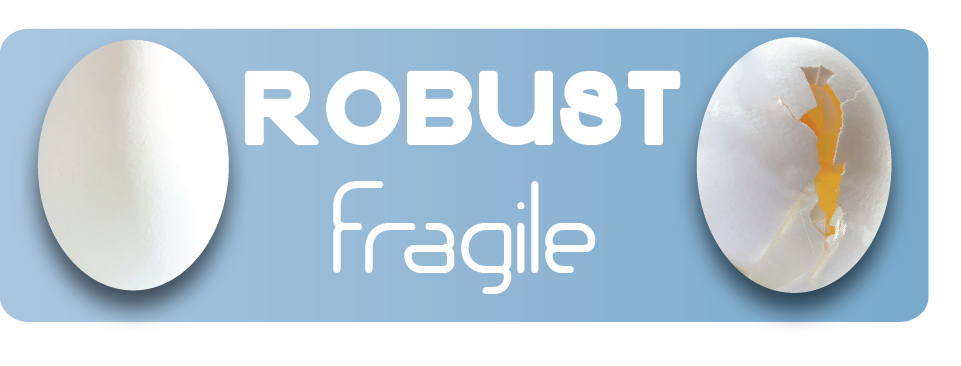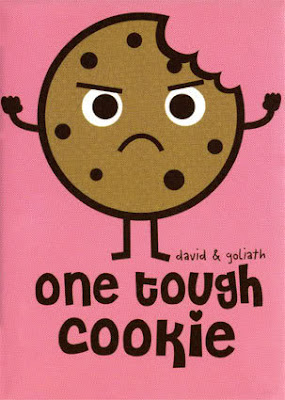The Israelites are facing the Philistines in the Valley of Elah. The boy David is bringing food to his older brothers who are with King Saul. He hears the Philistine giant Goliath challenging the Israelites to send their own champion to decide the outcome in single combat. David tells Saul he is prepared to face Goliath and Saul allows him to make the attempt. He is victorious, striking Goliath in the forehead with a stone from his sling, and the Philistines flee in terror. Saul sends to know the name of the young champion, and David tells him that he is the son of Jesse.
 |
| Davide con la testa di Golia, Caravaggio 1610 |
The physical fragility is represented by David in comparison to the gigantic Goliath. But eventhough he is smaller, he is actually the winner of this scene.
Among the two of them, David personifies in a more correct maner the concept of a robust hero because he is strong of spirit and inteligent. Mean while Goliath belives to be superior than his adversary and he makes this judgement based only on his physical capacity.
Among the two of them, David personifies in a more correct maner the concept of a robust hero because he is strong of spirit and inteligent. Mean while Goliath belives to be superior than his adversary and he makes this judgement based only on his physical capacity.




















-_The_Works_of_Shakspeare_-_Hamlet,_the_play_scene_%28Act_III,_Scene_2%29.JPG)
